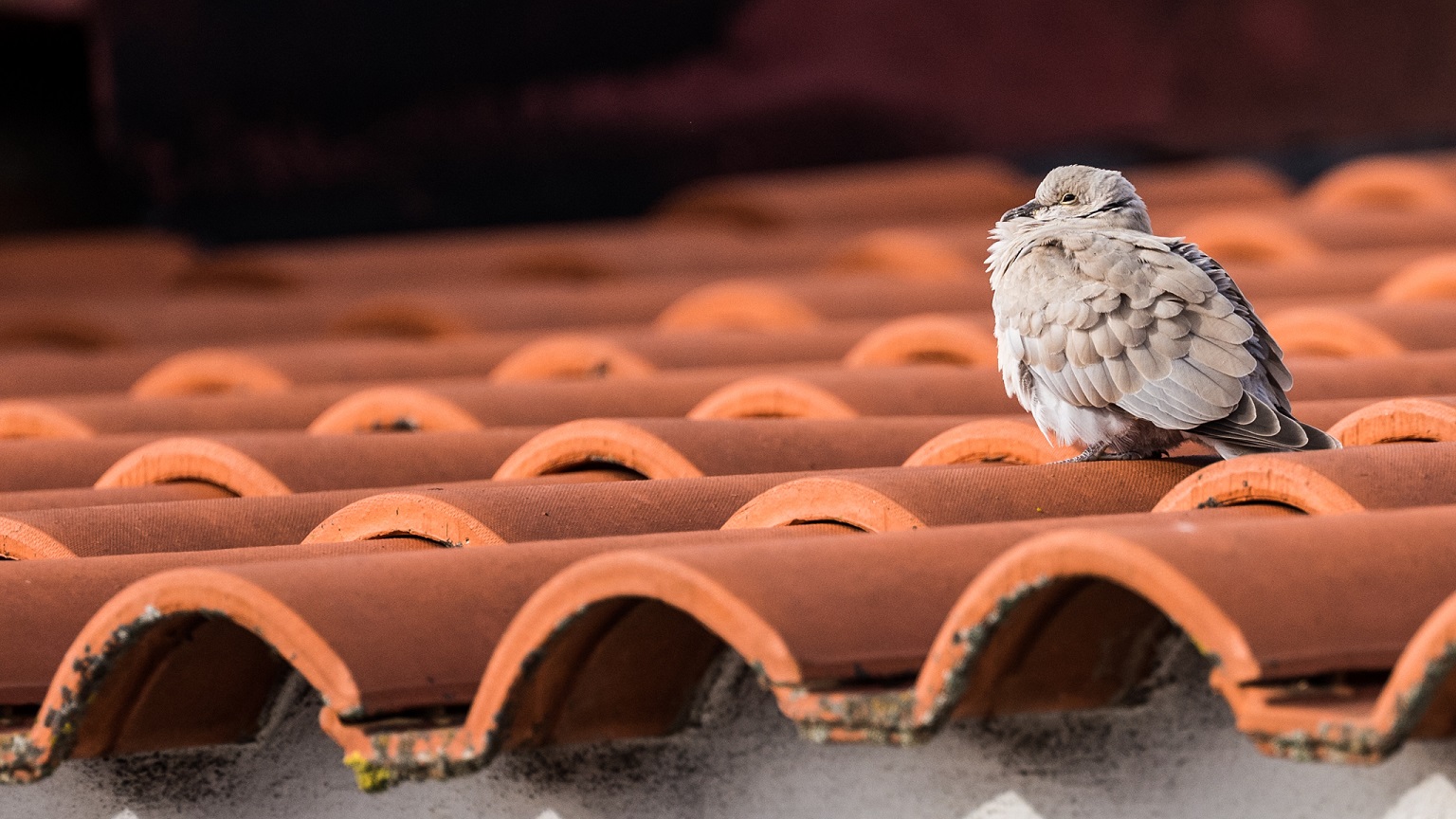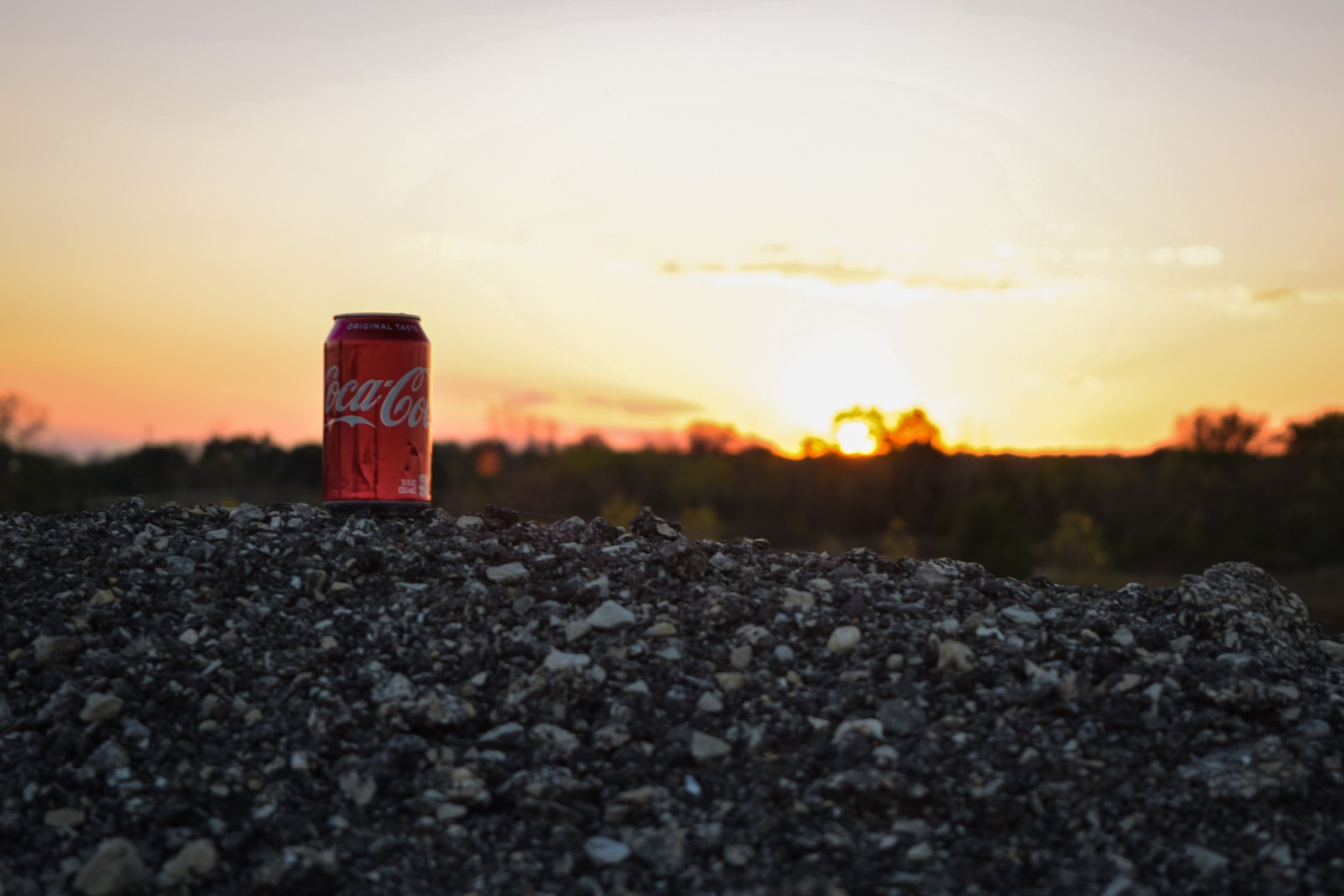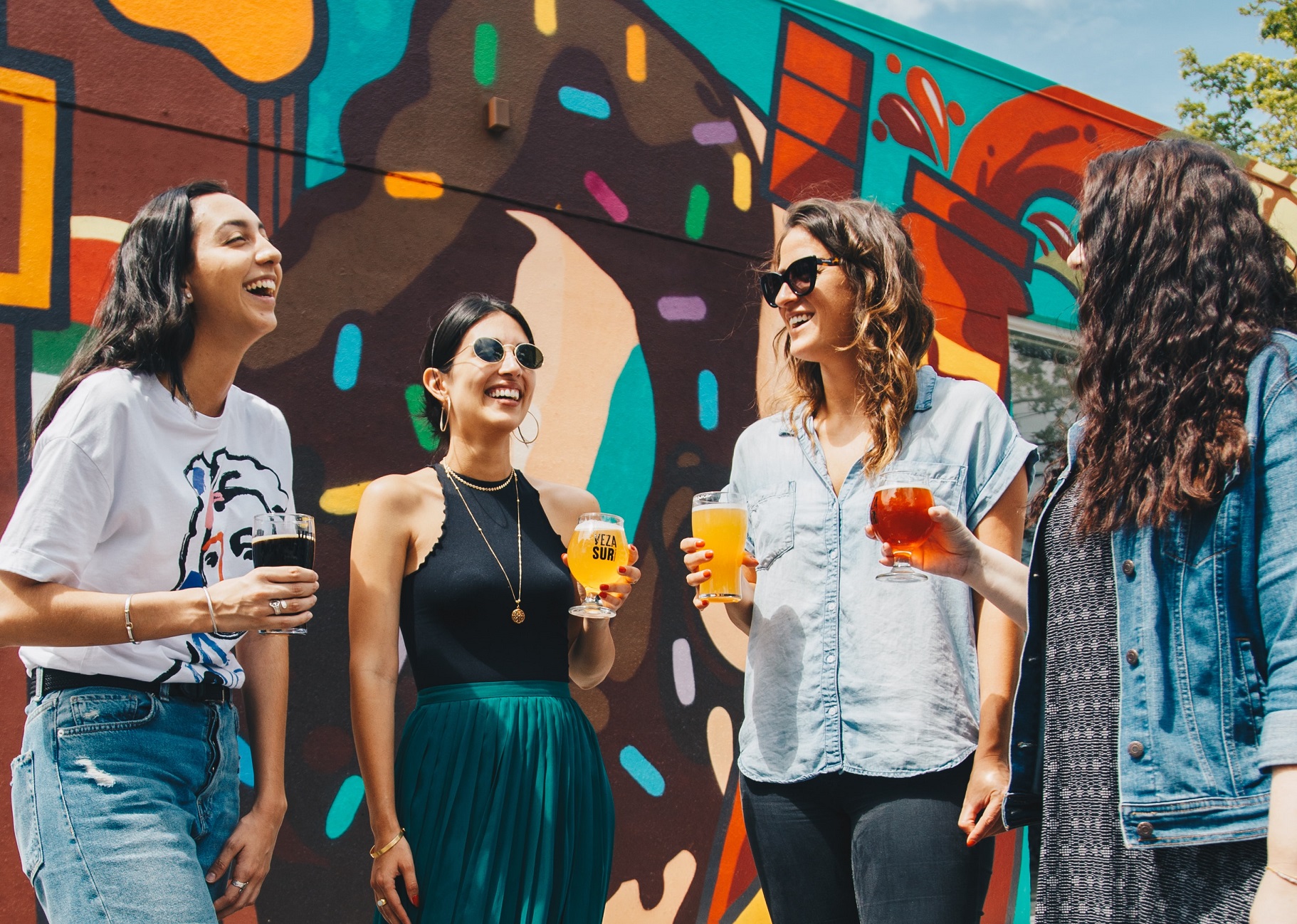As the coronavirus lockdown raises concern about access to food, a wave of agro-solidarity appears to be sprouting up around the UK.
Farmers have begun exploring the possibility of turning sections of their fields into allotments and feeding local communities for free.
David Walston, the “bionic farmer” based in Cambridgeshire, initially tweeted about the possibility of setting up a large-scale community vegetable garden and then distributing the harvested food for free.
Support online was so strong—from interested residents and fellow farmers—that Walston decided to set up a dedicated community vegetable initiative: CoVeg.
“Covid is already bad, and it’s only going to get worse,” Walston writes on the CoVeg website.
“That’s why we are starting CoVeg, a programme aiming to bring together farmers and their local communities to produce local vegetables which otherwise may not be available.”

The farms could consist of carrots, tomatoes, potatoes and leeks. Photo by Gabriel Gurrola on Unsplash
CoVeg
The idea is for farmers to provide their land and machinery, and members of the public interested in the plan can help grow, maintain and harvest the crops. As an initial list, CoVeg is considering planting peas, broccoli, sweetcorn, lettuce, carrots, tomatoes, squash, potatoes and leeks.
“The benefits of bringing people back onto the land, when otherwise their lives have been put on hold, will be huge—this can be a time to reconnect with where our food comes from, and how it is grown,” Walston adds on the site.
“What you grow, and how you grow it, is totally up to you and the team at your local CoVeg farm.”
Crops will not only be ready to be taken home and eaten at the end of the day, but could also be distributed to members of the community most in need but unable to volunteer—which Walston writes could be “the elderly, or people working flat out in the NHS.”
Well, I put this up on the local Facebook pages yesterday, and had almost a hundred volunteers within a few hours.
I’ve set up a very quick and dirty website for people to sign up on:https://t.co/2u9hwZKkCq
Any of the other farmers interested on here, want to join forces? https://t.co/lYWmp7famR
— David Walston (@OOOfarmer) March 21, 2020
Farmer support
Although it’s still in its early days, support for CoVeg was clear online. Some users stressed that it was a perfect opportunity to re-engage people as new houses “don’t have any garden to grow anything.”
Others offered advice on how to formalise the initiative and what to grow, adding cauliflower would be a mistake. “I’d go for cabbage, kale, carrots, beets, leeks,” wrote farmer Gordon Caldwell. “You’ve got a four-month window to harvest them.”
Others, such as irrigation specialist Andrew Howseman, pledged to provide essential farm equipment for free. “Can also lean on some of our customers for a few seeds as well, onion, beetroot, potato,” he added.
It also turns out that others in the agricultural sector had been considering similar initiatives. On the same day that CoVeg launched, Scottish arable farmer Robert Ramsay asked his followers whether they would be interested in access to a small patch of land to grow vegetables for home use.
Bioagriecologist Ben Taylor-Davies simply wrote that he was “doing the same thing,” mixing in an “open community chaos garden” concept. He was keen to team up with Walston under a farmer-led banner.
Arable farmer Guy Eckley, based in Southeast England, tweeted that he had a similar idea. “A sense of purpose could well be as valuable as any food grown,” he wrote.

Happy farmer. Photo on Huffington Post
Future growth
Users pointed Walston to successful community vegetable initiatives in the UK, such as ones one by Tamara Hall on Moles Farm, or the Green Backyard project in Peterborough, for advice on how to grow. He was also encouraged to get in touch with Kansas farmer Ryan Speer, who has spent years running a similar initiative to donate fruits and vegetables to local shelters.
In the first CoVeg update, Walston said that government rules on social distancing—and a ban on more than two people being together—means “this will be somewhat limiting to how we can run any sort of volunteer system.
“But it does not mean the end of the road. Not at all.
“We are still moving ahead with thoughts and plans on how and where to place CoVeg plots, and a few days ago we marked out some plots in one of our fields, with the aim of planting sweetcorn and broad beans there, on a large scale.”
A new update reveals that Walston has set aside two areas> one for growing crops with existing machinery to distribute to the community, and one area in which people will grow their own vegetables.
In the meantime, Walston is requesting local people begin sowing seeds in their own house, ready for planting in the allocated field in the next few weeks.
You can learn more about the initiative through the CoVeg Twitter page and website.




